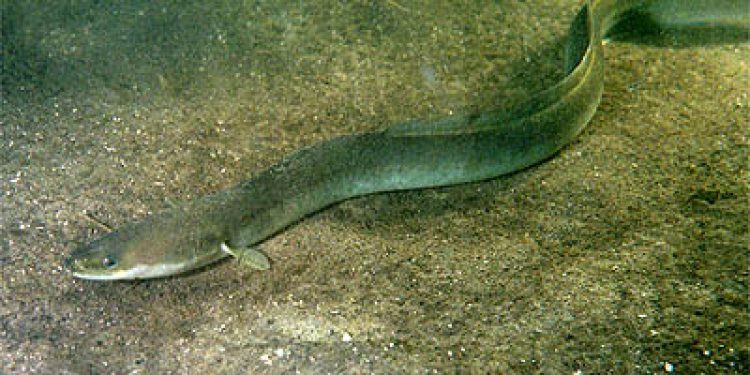High levels of aluminium could be to blame for declining eel numbers in European rivers, according to the Sustainable Eel Group.
The group reports that very high aluminium levels have been recorded in eel tissue collected in Belgium.
‘Aluminium is toxic to fish, mainly because it binds to gills and affects the capability of the animal to regulate its water and salt composition. This is particularly important in animals moving between fresh and seawater, as eels do,’ the group said.
It reports that aluminium is normally poorly available to organisms due to its sequestration as silicates in soils, and so it is normally absent from rivers and ponds.
‘Unless soil becomes acidic as acidity solubilises silicates – and this is exactly what happened decades ago when rain became acidic due to air pollution.’
‘We therefore propose a new hypothesis for a contributing factor explaining the sudden collapse of eel population. This new scenario suggests that acid rain released aluminium from soils into rivers, allowing the toxic metal to reach eel gills and reduce their capability to regulate their salt and water body contents. The high mortality of mature adults upon reaching the ocean could have led to the rapid decrease of eel larvae reaching European coasts.’
The Sustainable Eel Group has access to a collection of 300,000 otoliths collected from Dutch eels since 1920. Thanks to very sophisticated analytical techniques, aluminium will be quantified in otoliths, giving us information on the abundance of the metals in the fish tissues.
‘The results will allow us to determine the evolution of aluminium contamination in eels between 1920 and now. If we can demonstrate a link between aluminium contamination and the evolution of eel stocks, we may then propose a new strategy for restoring eel stocks through aluminium decontamination of rivers and eels before their return to the ocean.’









